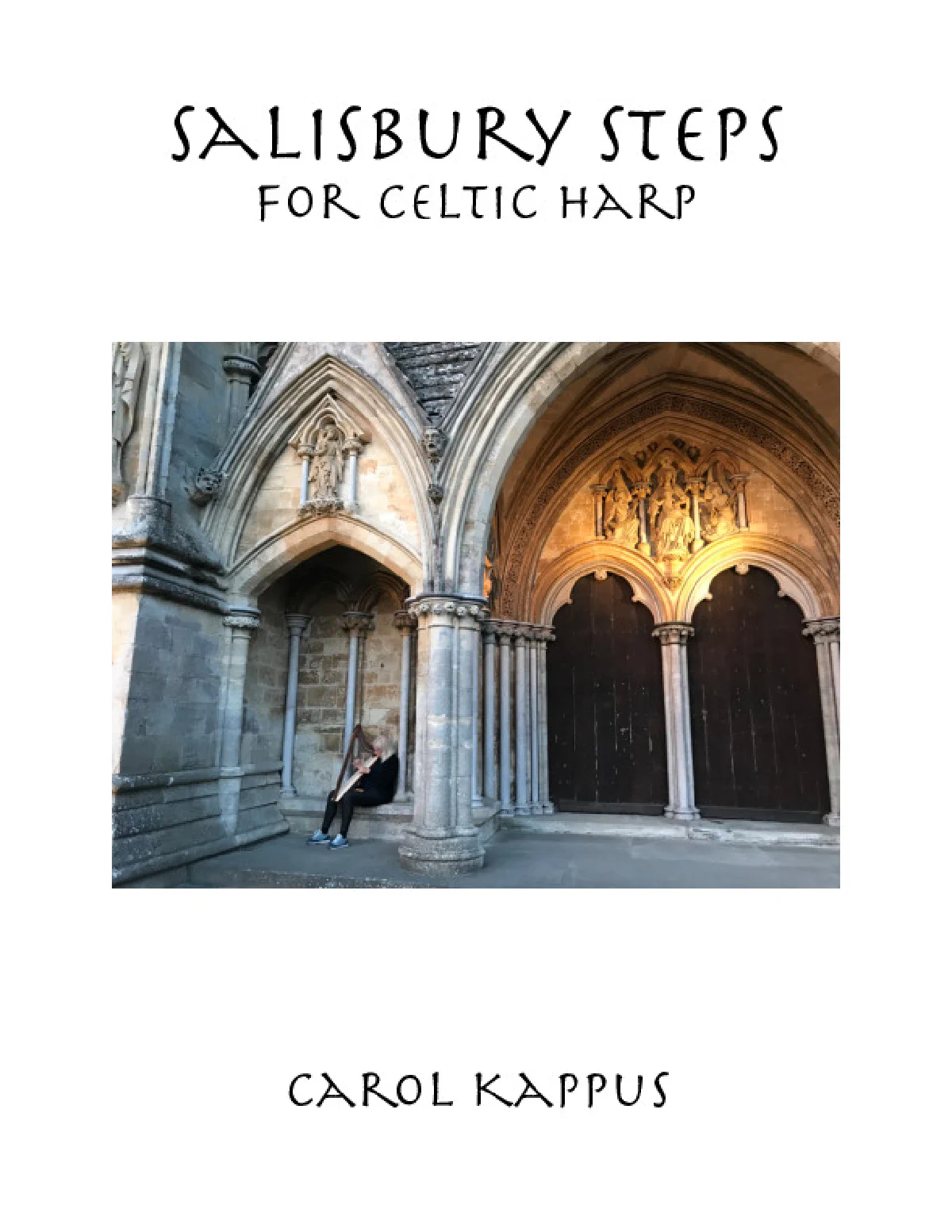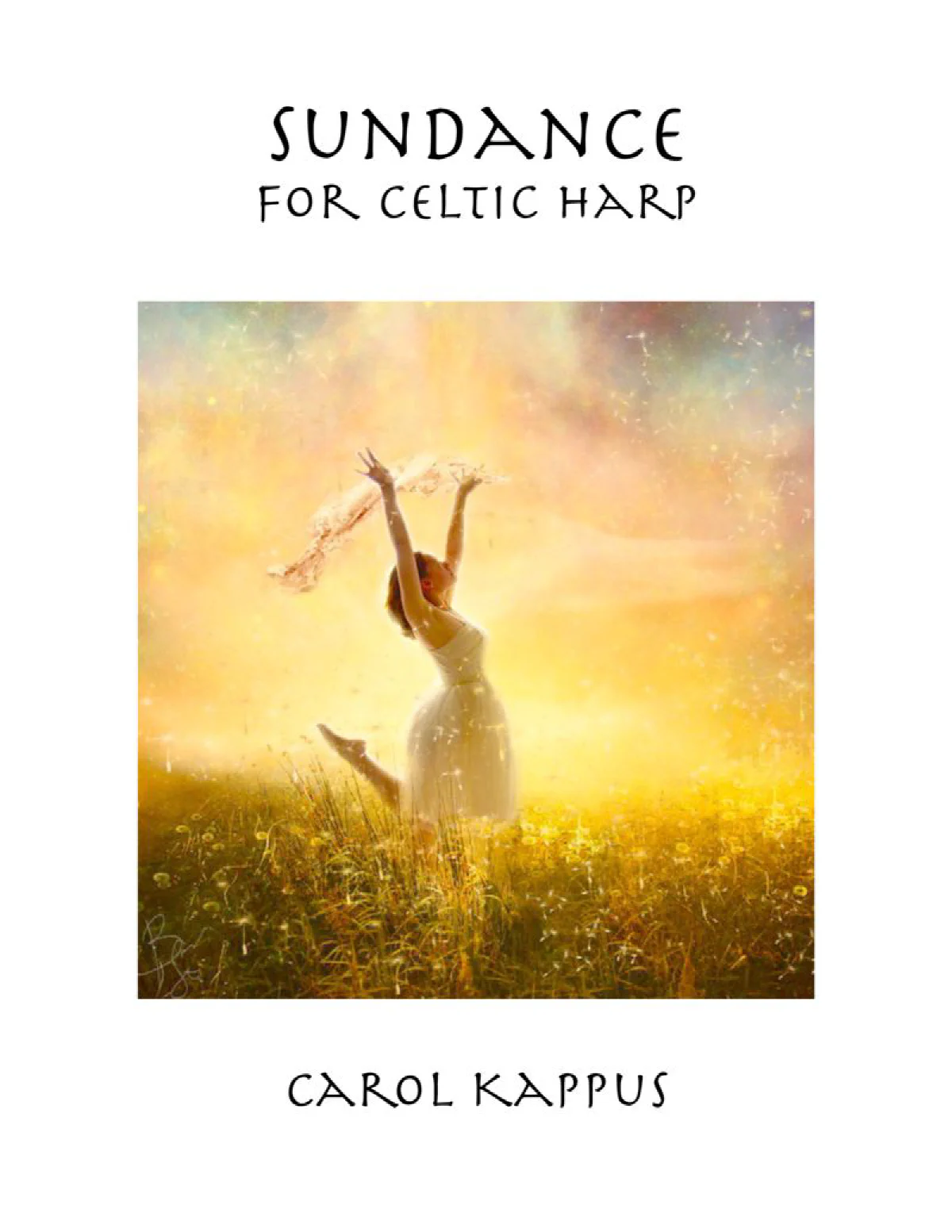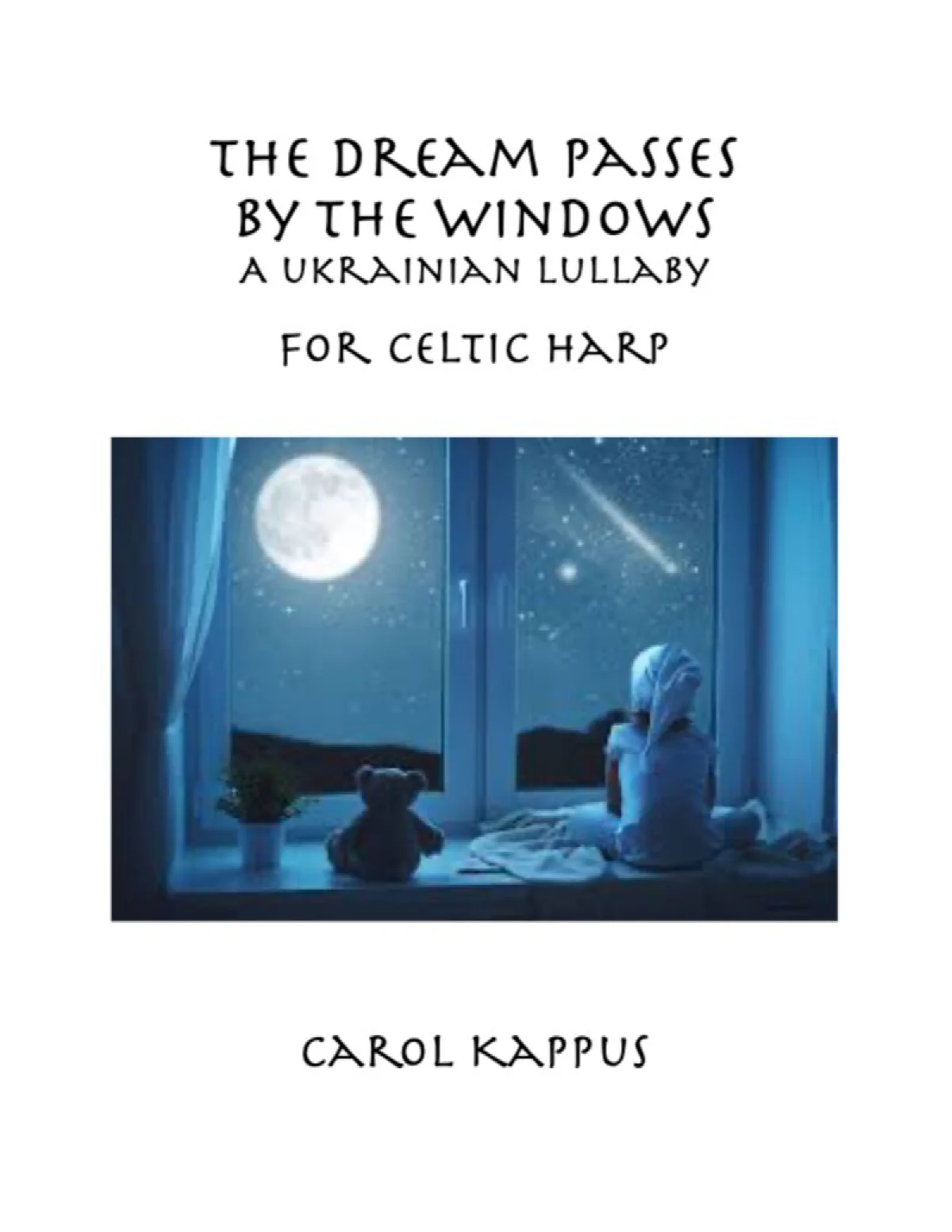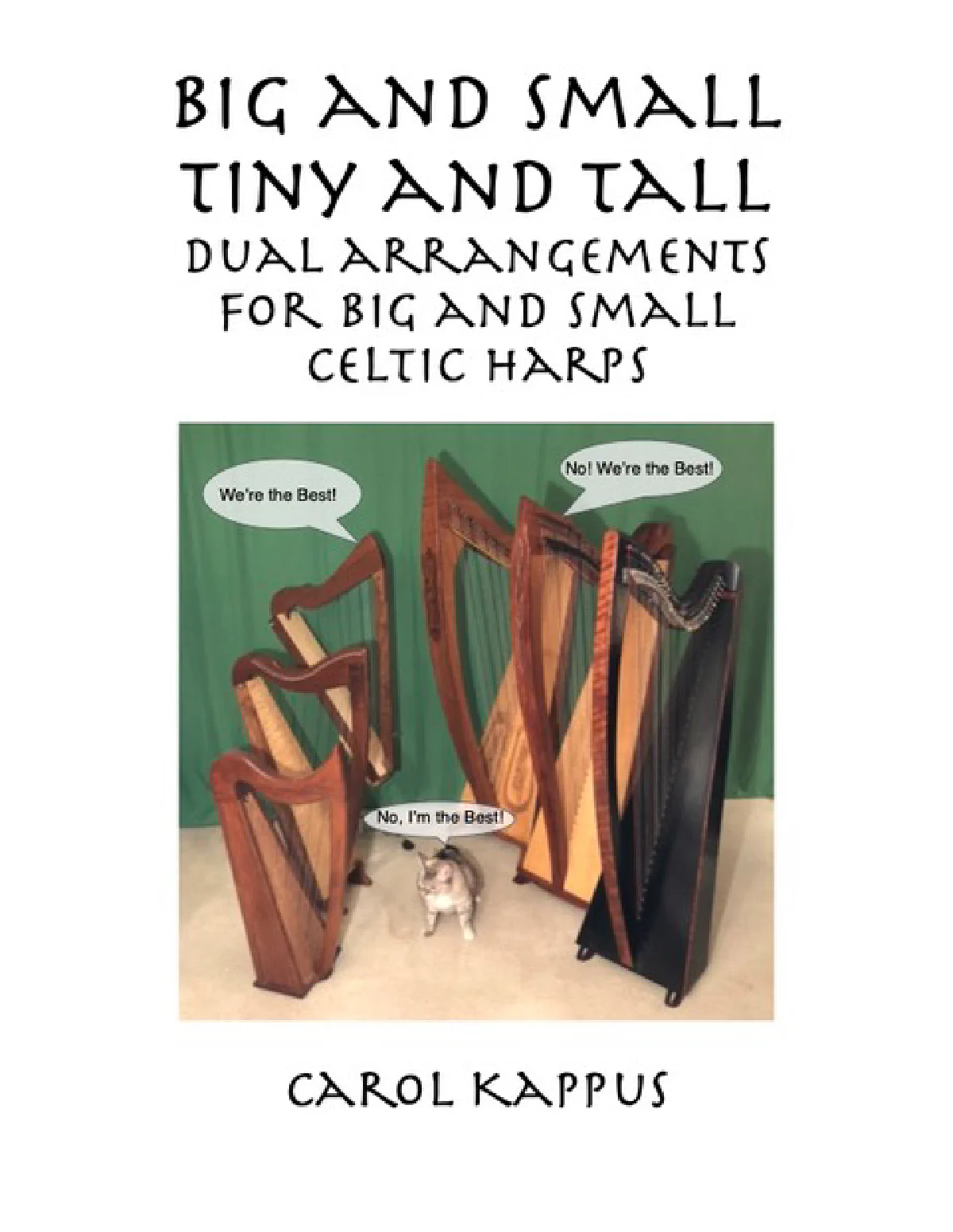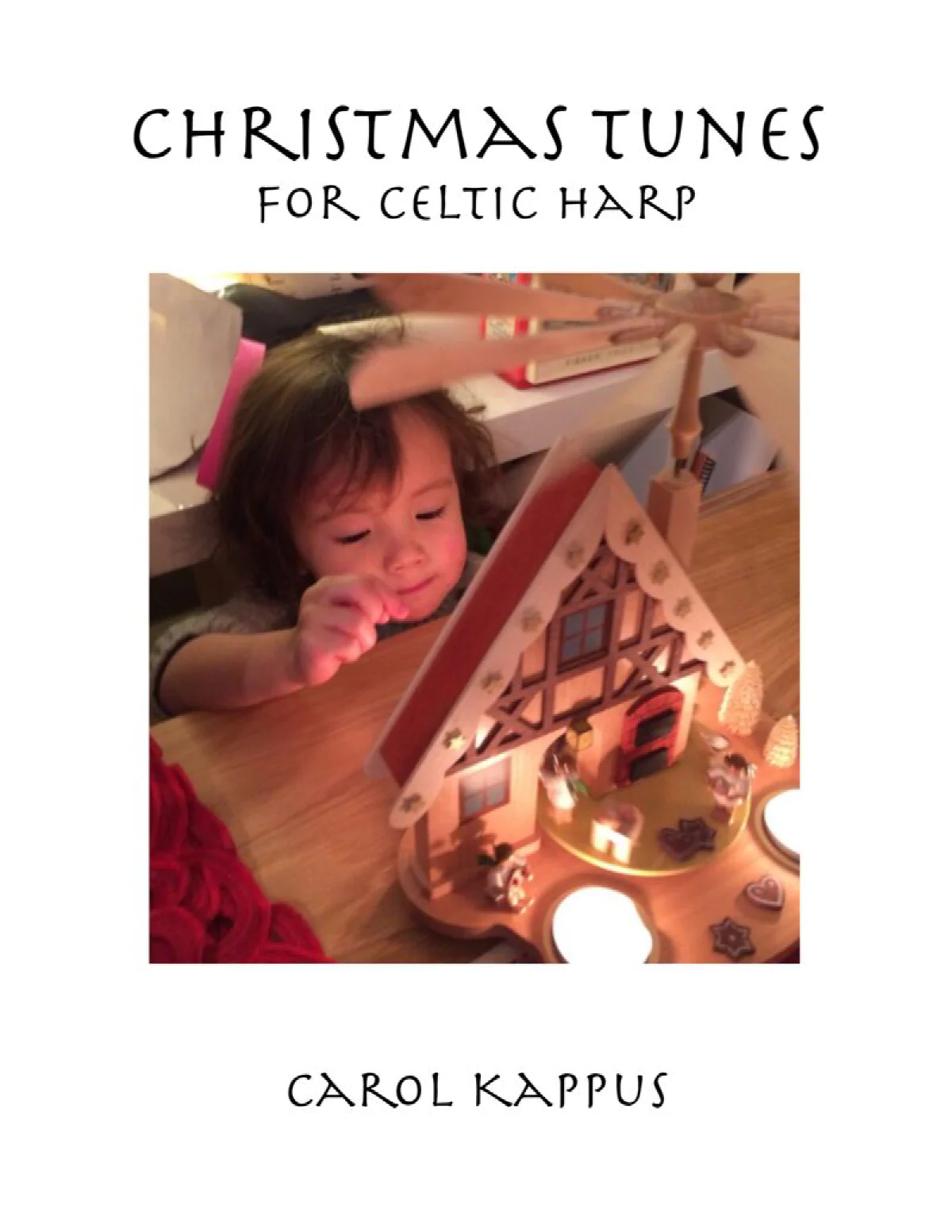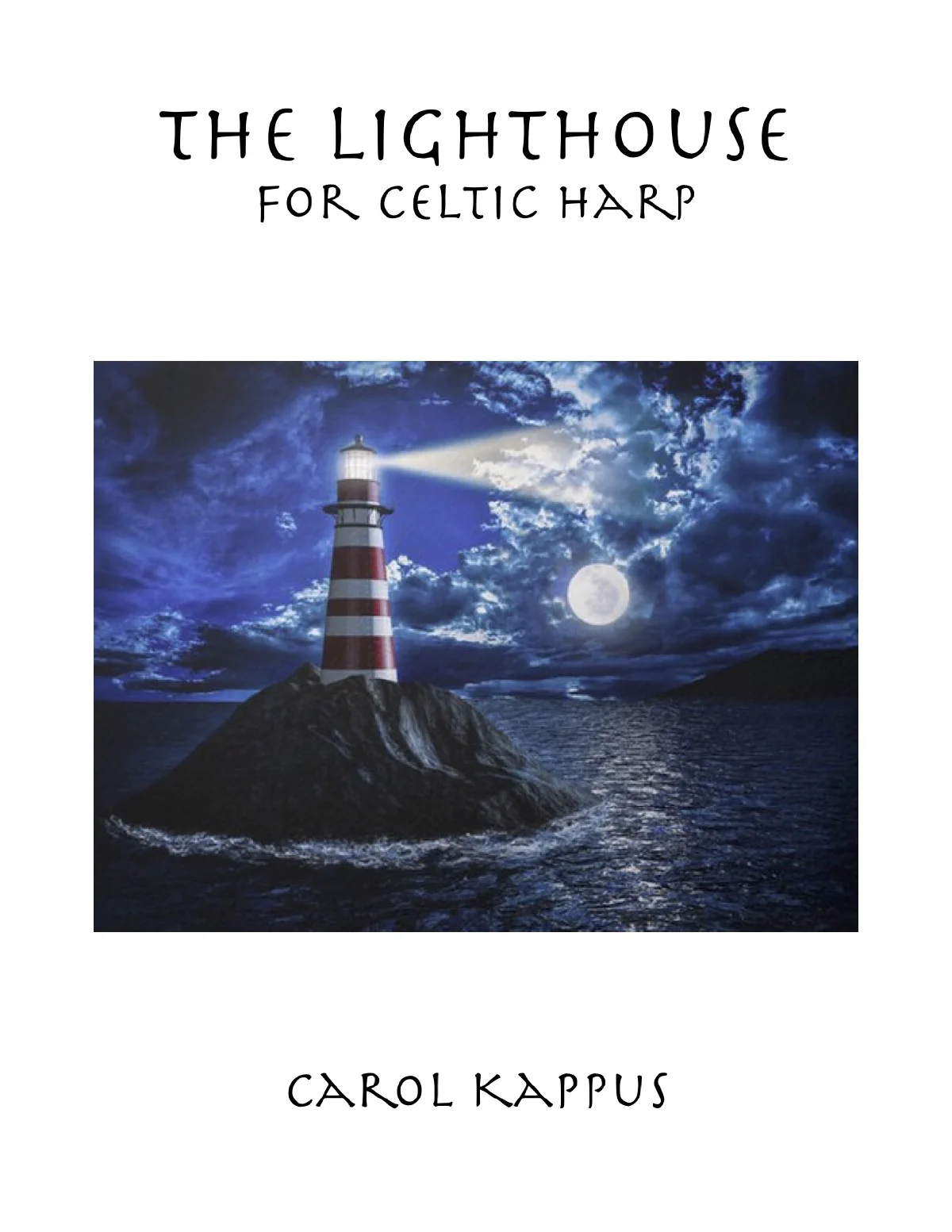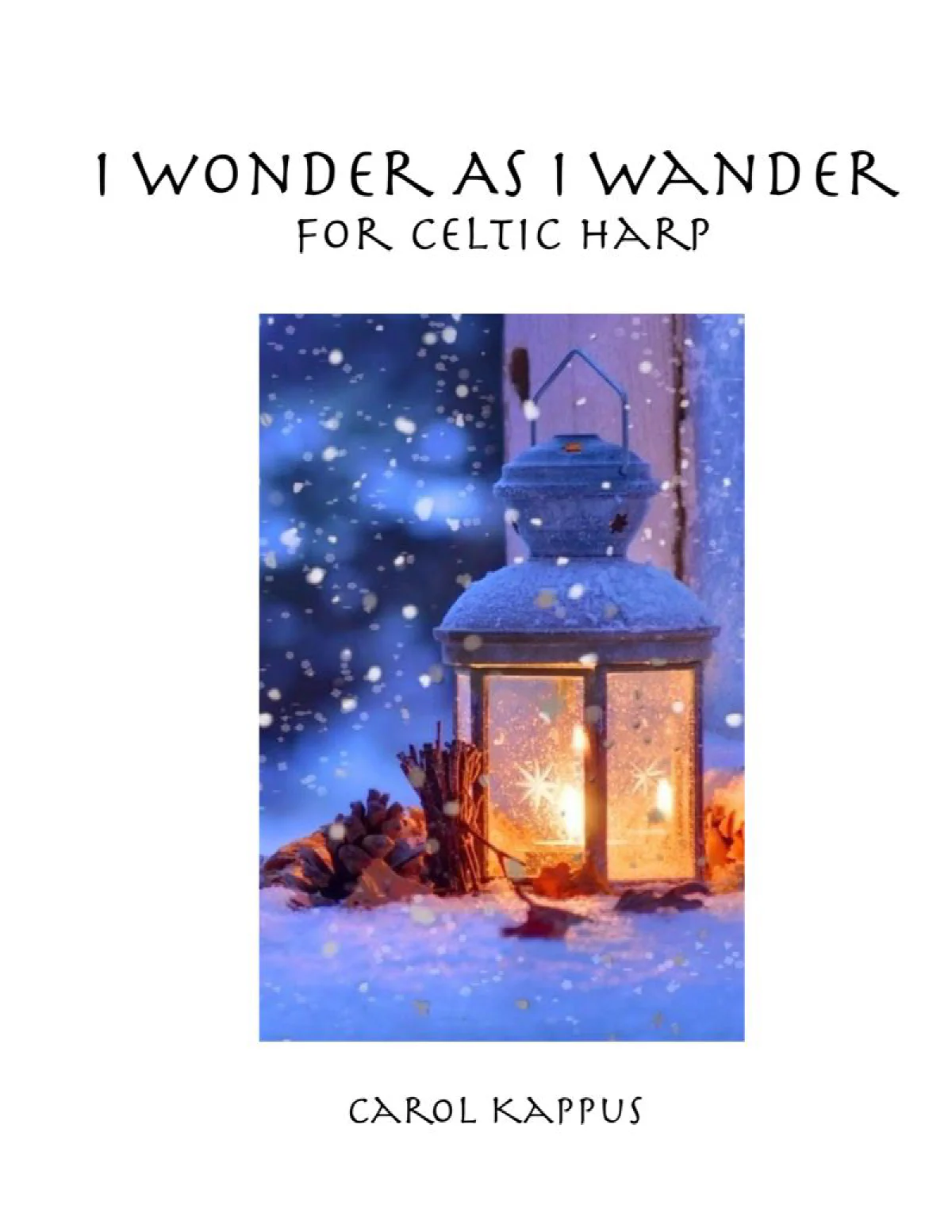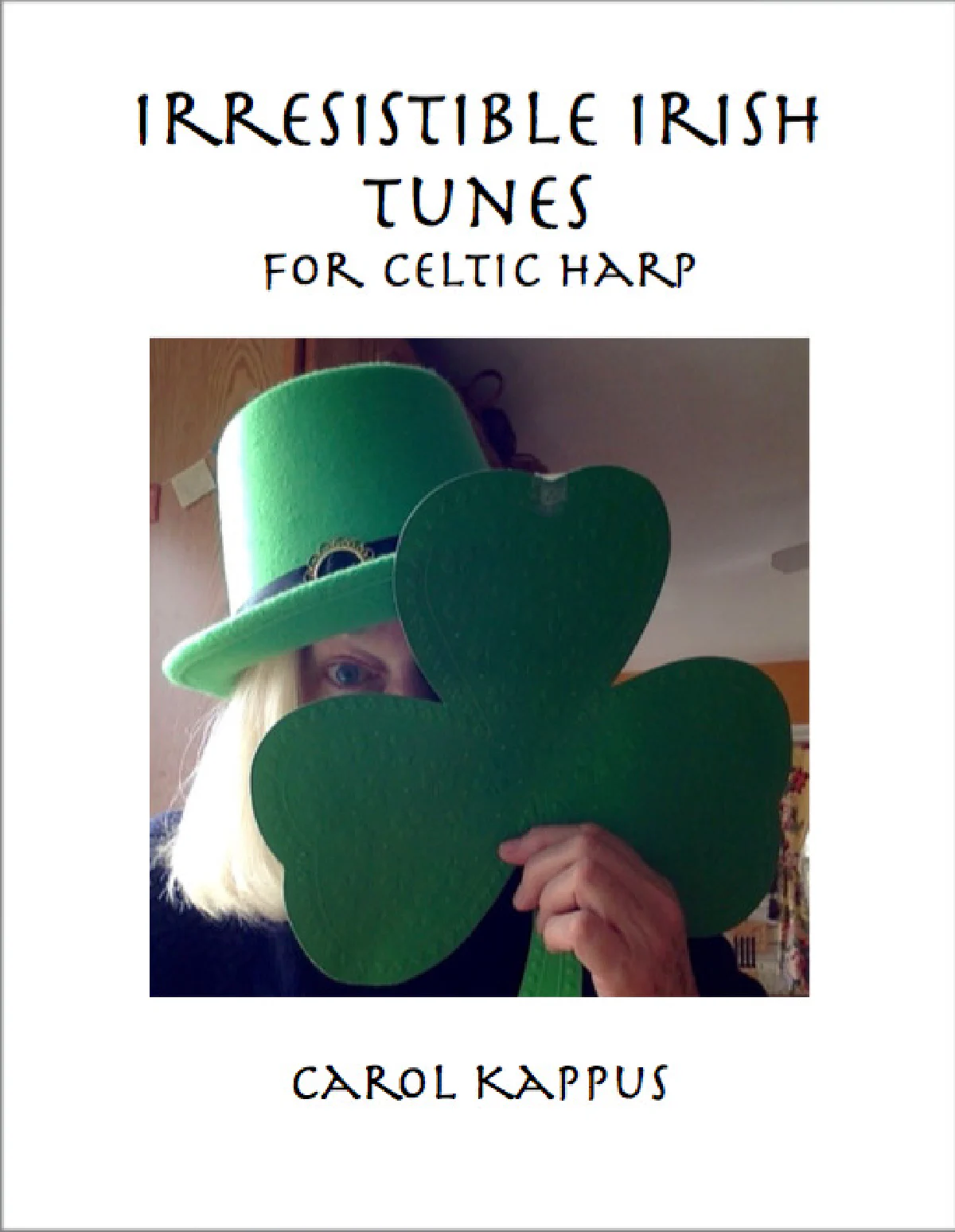« Back to the shop
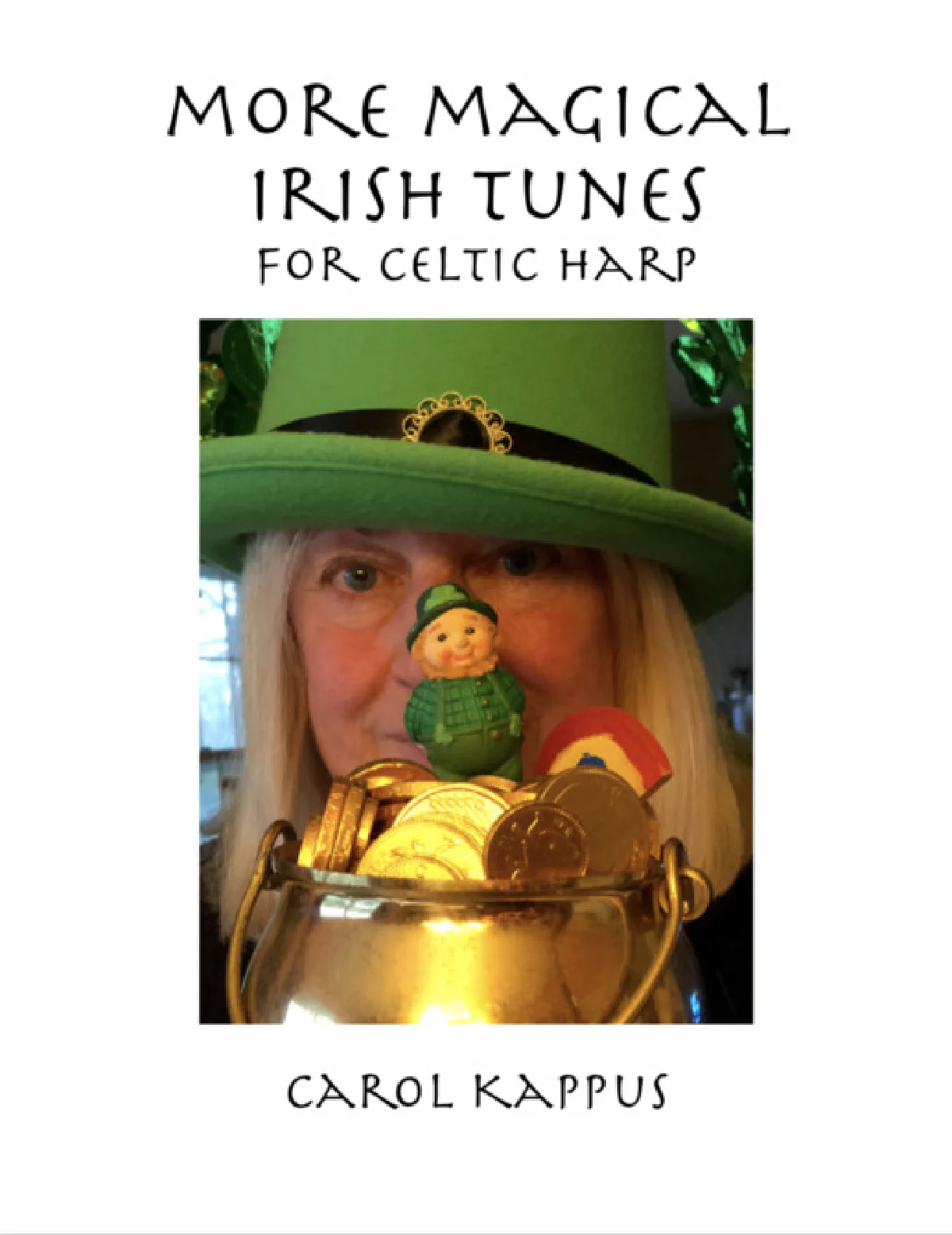
More Magical Irish Tunes for Celtic Harp
Instant PDF download
$10.00
A follow-up to the popular “Irresistible Irish Tunes” here are 8 more traditional irish tunes arranged for Celtic harp.
The Fairy Queen
A beautiful tune composed by the famous blind harper, Turlough O’Carolan. There are more parts to this tune floating around but I like it this way with just these three.
King of the Fairies
According to folklore, this is a song to summon the Fairy King. If you play it three times in a row during a party, the king must appear. If he likes the shindig, he joins in the revelry. If he doesn’t, he will cause mayhem. You’ll notice that this arrangement plays it only twice, just to be on the safe side!
Kerry Dance
A much-loved tune by James Molloy. I love the words as well as the music of this wonderful tune.
Whiskey Before Breakfast
A popular session tune. Cheerful and fun.
Sì Beag Sì Mòr
A very famous tune thought to be the first composition by O’Carolan. It was inspired by the story of a war between the fairies of the Small Fairy Hill (Sì Beag) and the Big Fairy Hill (Sì Mòr) which was told to him by his first patron, Squire Reynolds. The name of this tune is sometimes incorrectly written “Sheebag, Sheemore,” “Si Bheag, Si Mor,” and other variations. But whatever you call it, it’s a great tune!
Tam Lin
The tune which goes with the famous old tale of a man who was kidnapped by the fairies and how he was rescued by the bravery of his true love, Janet. This tune is also sometimes called The Glasgow Reel. This story and tune came originally from Scotland but is popular on both sides of the water.
Be Thou My Vision
A well-loved hymn set to the Irish folk tune “Slane”. The song has often been attributed to the sixth-century Irish Christian poet Saint Dallan, inspired by the text of a 5th-century hymn written by Saint Patrick, though historians now date the text as having been written sometime between 950 and 1100. Such a fabulous tune going way back in Irish history. My arrangement starts quietly, builds to a strong, stormy middle, and then becomes peaceful again. I love playing this and hope you will too!
She Moved Through the Fair
Another wonderful traditional tune with a great story. The narrator sees his lover move away from him through the fair, saying it will not be long until their wedding day. She then comes to him as a ghost (Has she died? Will he? We don’t know!) You will hear the ghost in this arrangement - a brilliant idea I heard years ago in a version by Kim Roberson and could never get out of my head so here it is in my arrangement as well. The notation looks a bit daunting but I was asked to write it down the way I play it, so here it is!
Listen to a sample
Hear a sample below:

